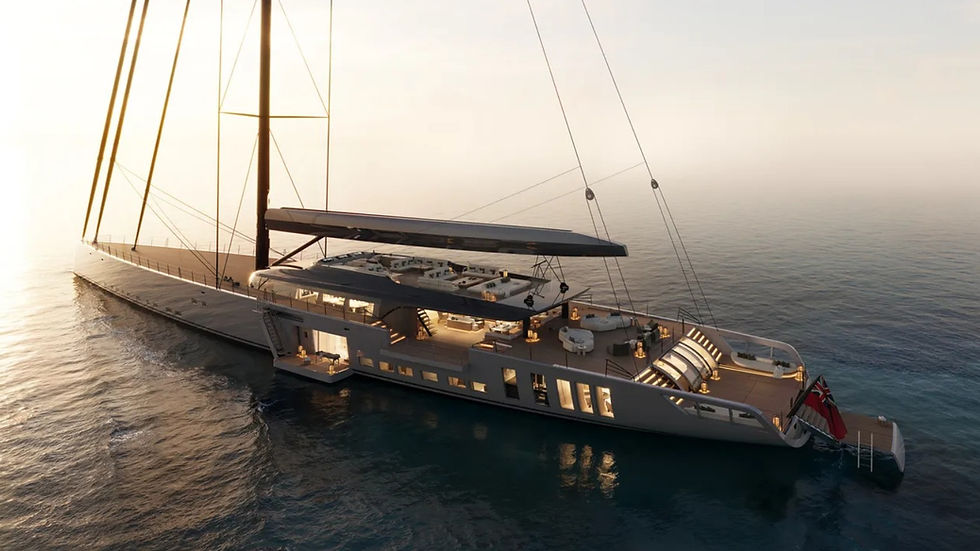An Electric Tug Boat? The First of its Kind Goes into Service in California
- Scott Way

- Apr 23, 2024
- 3 min read

The ongoing discussion about the viability of electric propulsion has a new player in the game.
Amidst a wave of investment, R&D, and an increasing market share, the majority of boaters are looking at a proverbial fork in the road. One fork maintains the status quo of mainly gas-powered motors, the other leads to a new age of battery power, electric propulsion, and alternative fuels.
The current conundrum is this: while electric boating isn't unreasonable, per se, the majority of boaters are unsure if it will serve as a solid replacement to their gas-powered engines.
Fair enough.
But with the announcement that the Port of San Diego is adding an electric tug boat to its fleet, boaters can't help but wonder if maybe electric boating has more power than originally thought.
Why is a tug boat a big deal? Because tug boats pull other boats, which means they require a serious amount of torque to do their job. Torque uses up a lot of power, which boaters have always claimed is in short supply with electric boats.
The possibility that an electric tug boat can be effective means a massive number of recreational boats could be electric, too.
In an article in the San Diego Tribune, the Crowley Maritime Corporation announced an 82-foot eWolf tug boat will join its fleet.
“This is a big deal,” said port chairman Frank Urtasun at a news conference. “This is new technology.”
The eWolf is powered by a massive 6.2 megawatt-hour main propulsion battery and two electric drives. With a top speed of 12 knots (14 mph) it has serious pulling capability -- known as bollard pull — and is actually more powerful than the diesel-powered tugs currently in use at the port. It will also carry two small generators for emergency use that allow it to travel longer distances at a reduced speed.
“Like an electric car, you step on the gas and it jumps,” said Paul Manzi, vice president of Crowley Shipping, according to the Tribune.
“All of the attributes that you have with an electric motor operation in a car or in an electric truck, you see here in the (eWolf) at massive scale. And it’s extremely quiet so when it pulls away from the dock you literally won’t hear any noise.”
The eWolf is also part of a small 'micro-grid' that the port added to its facilities that will house two energy storage containers. The batteries in each storage container can hold nearly 1.5 megawatt hours.
The idea is for the eWolf to charge at the port overnight so it can be used during the day. This will also allow the eWolf to recharge during off-peak hours.
Officials at the port didn't divulge the total cost of the eWolf, but did say the startup cost was roughly twice as much as a diesel-powered tug of similar size.
However, the company expects the eWolf’s operating costs to be lower long-term because it has fewer maintenance requirements. Over the first 10 years of its use, "the operation of the eWolf will reduce 178 tons of nitrogen oxide (NOx), 2.5 tons of diesel particulate matter, and 3,100 metric tons of carbon dioxide (CO2) versus a conventional tug. The electric tug will replace one that consumes more than 30,000 gallons of diesel per year."
“This vessel will set a standard in the U.S. maritime industry for sustainability and performance, and its zero-emissions capability and autonomous technology will benefit the environment and the safety of mariners and vessels,” said Garrett Rice, president of Master Boat Builders, the Alabama-based company who manufactured the boat.
You can watch a timelapse of the eWolf hull being built in the video below:


















Comments